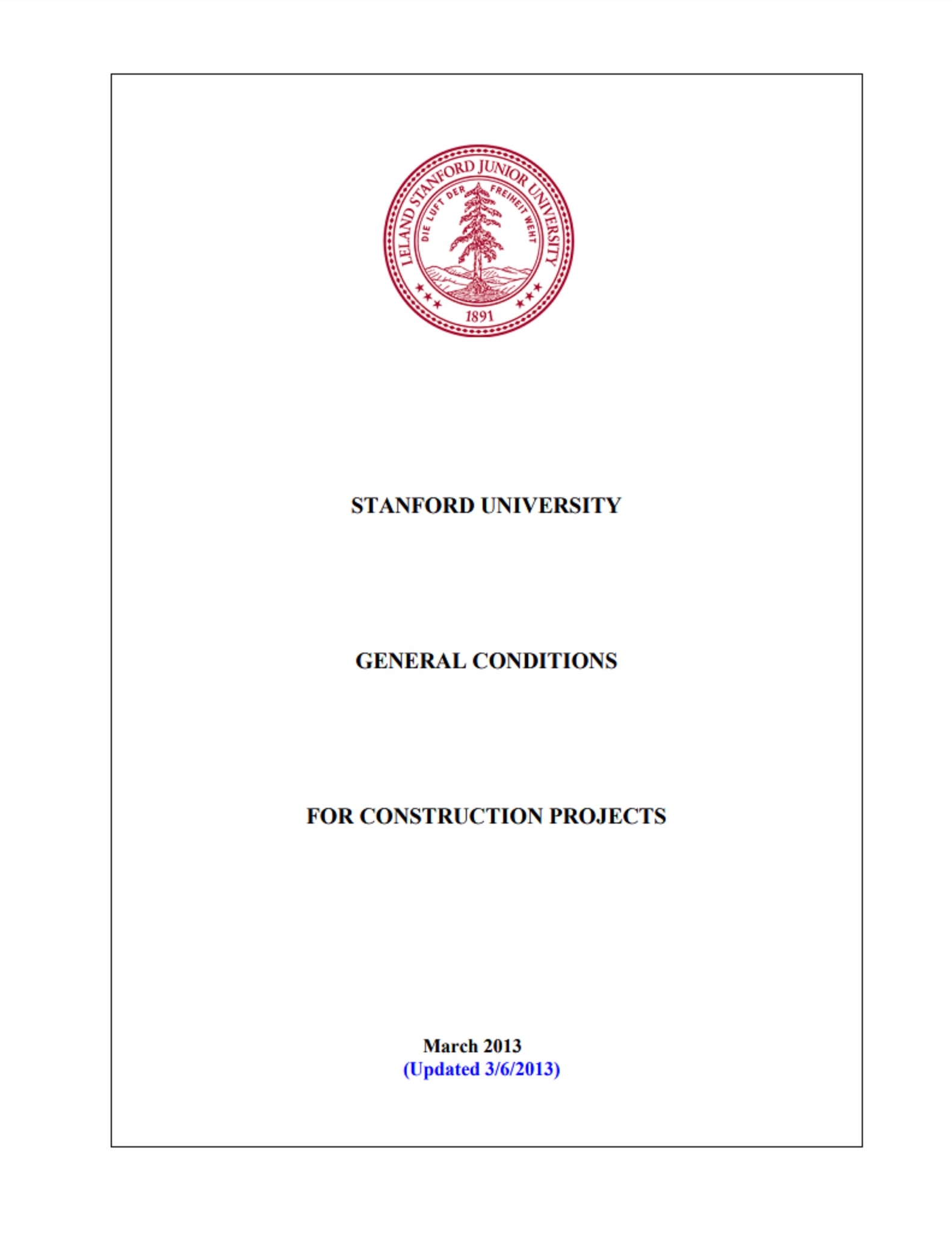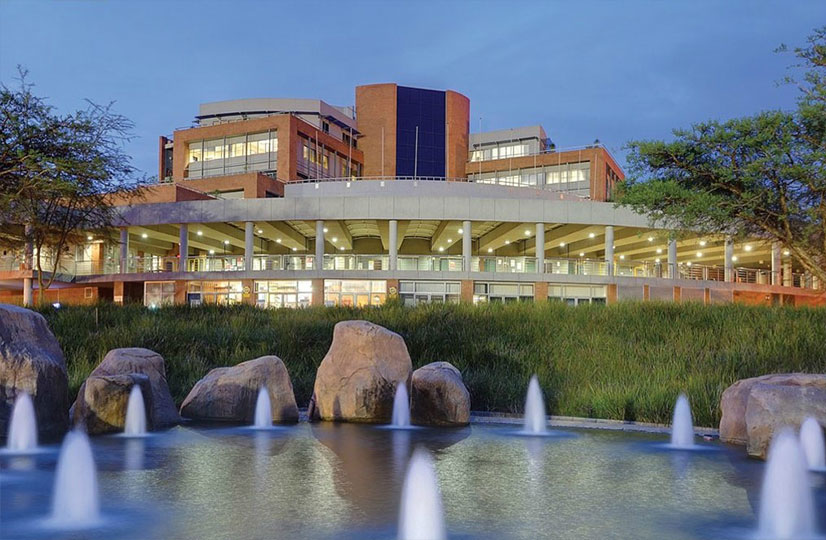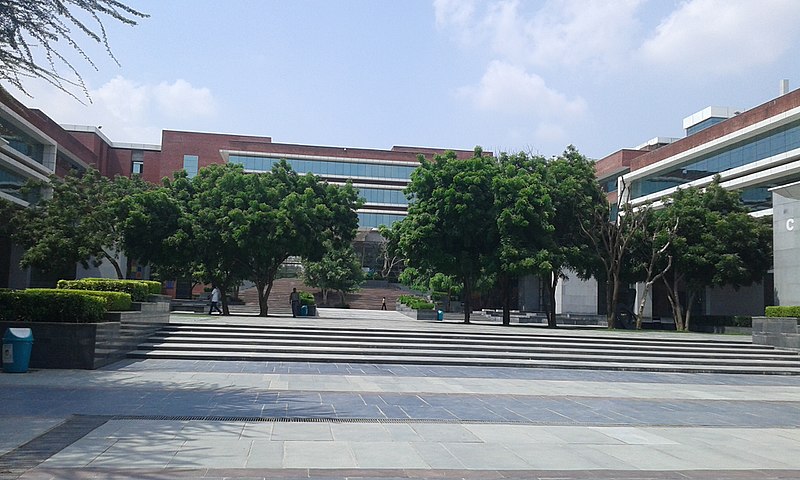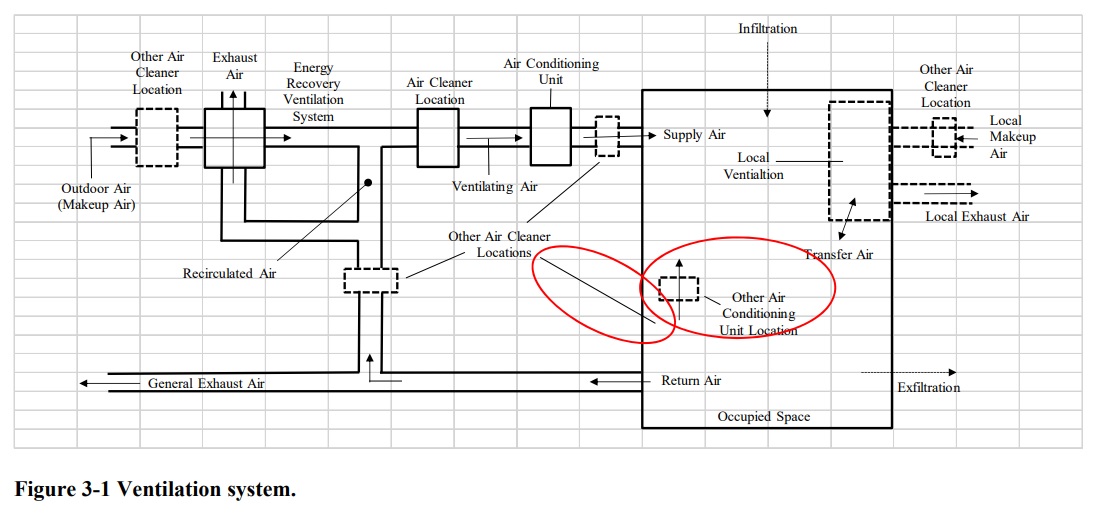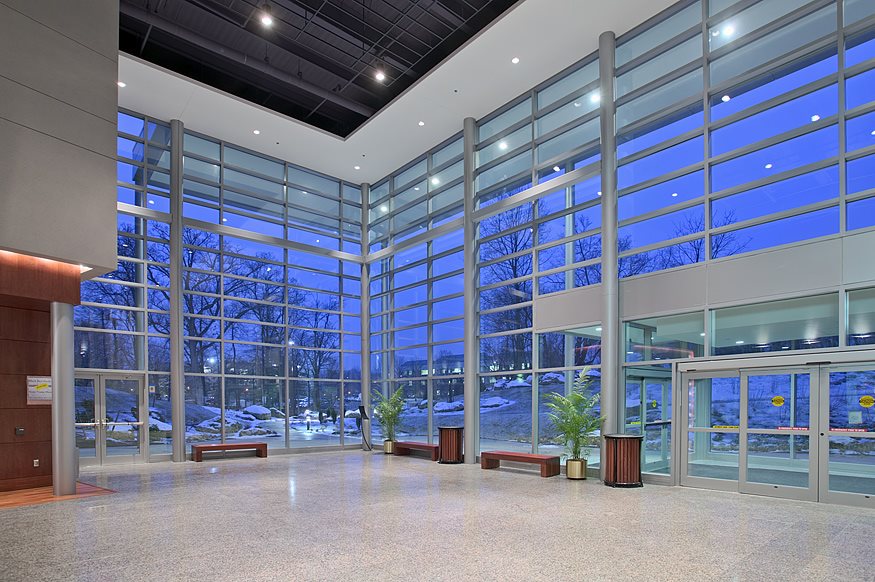Time to break down best practice literature released by he Sustainability Accounting Standards Board (SASB) — one of the first names in organizations with a solid due process platform for leading practice discovery and promulgation of sustainability concepts for the private sector. Like the sustainability zietgeist itself; its topical areas are hydra-like — reaching into every sector, industry, and industry subsector — largely because money flows through all of them.
We approach the SASB bibliography as an open-source, consortia standards suite that challenges niche verticals known to most education community asset managers. Since the education industry has both a private and public revenue character, we follow SASB standards development and participate in proposal and commenting opportunities whenever possible.
Last year we selected six sector-specific SASB standards that, in our judgment, could lower #TotalCostofOwnership with improved management of sustainability advancement activity (See list below). We downloaded these standards, looked them over for actionable-specifics, but we did not submit comments of our own because of organizational changes we explain in our ABOUT and also because we could not find an individual institution or education industry trade association interested in collaborating with us on meaningful specifics. We will try again.
Until we find a collaborator you may be enlightened by the current status of the SASB suite; all of its products available to the public:
Download Current SASB Standards | Credentials required
At the moment two developments at the SASB are meaningful for sustainability professionals in education communities:
- The Conceptual Framework document details the principles, objectives, assumptions, and definitions that guide SASB’s thinking and approach to Standard-setting/revising. The Conceptual Framework project will clarify and strengthen these core principles and concepts that govern SASB’s Standards.
- The Rules of Procedure document ensures the clarity, robustness, and integrity of SASB’s operations and processes. The Rules of Procedure project will ensure that the operations and Standard-setting/revising processes detailed in the document reflect SASB’s procedures today.
CLICK HERE for access to a listing of active projects in several stages. No titles have been released for consultation as of the date of this post.
We encourage technical and business subject matter experts in education communities to try not to re-invent the wheel in developing sustainability policy templates but rather to collaborate with organizations whose existing consensus products can be adapted for education communities. Perhaps post-pandemic, some of the redundancies we have been reporting to the education facility industry will be sun-setted.
We maintain the SASB suite on the standing agenda of our Fintech teleconferences. See our CALENDAR for the next online teleconference; open to everyone.
Issue: [Various]
Category: Finance, Informatics, Management
Colleagues: Mike Anthony, Jack Janveja, Richard Robben
More






